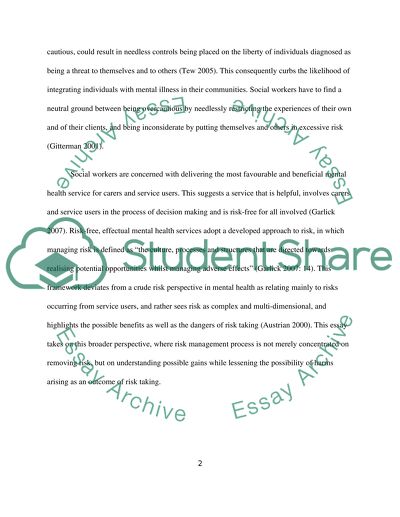Cite this document
(“Social work- Understanding Human Behaviour Essay”, n.d.)
Social work- Understanding Human Behaviour Essay. Retrieved from https://studentshare.org/miscellaneous/1561939-social-work-understanding-human-behaviour
Social work- Understanding Human Behaviour Essay. Retrieved from https://studentshare.org/miscellaneous/1561939-social-work-understanding-human-behaviour
(Social Work- Understanding Human Behaviour Essay)
Social Work- Understanding Human Behaviour Essay. https://studentshare.org/miscellaneous/1561939-social-work-understanding-human-behaviour.
Social Work- Understanding Human Behaviour Essay. https://studentshare.org/miscellaneous/1561939-social-work-understanding-human-behaviour.
“Social Work- Understanding Human Behaviour Essay”, n.d. https://studentshare.org/miscellaneous/1561939-social-work-understanding-human-behaviour.


